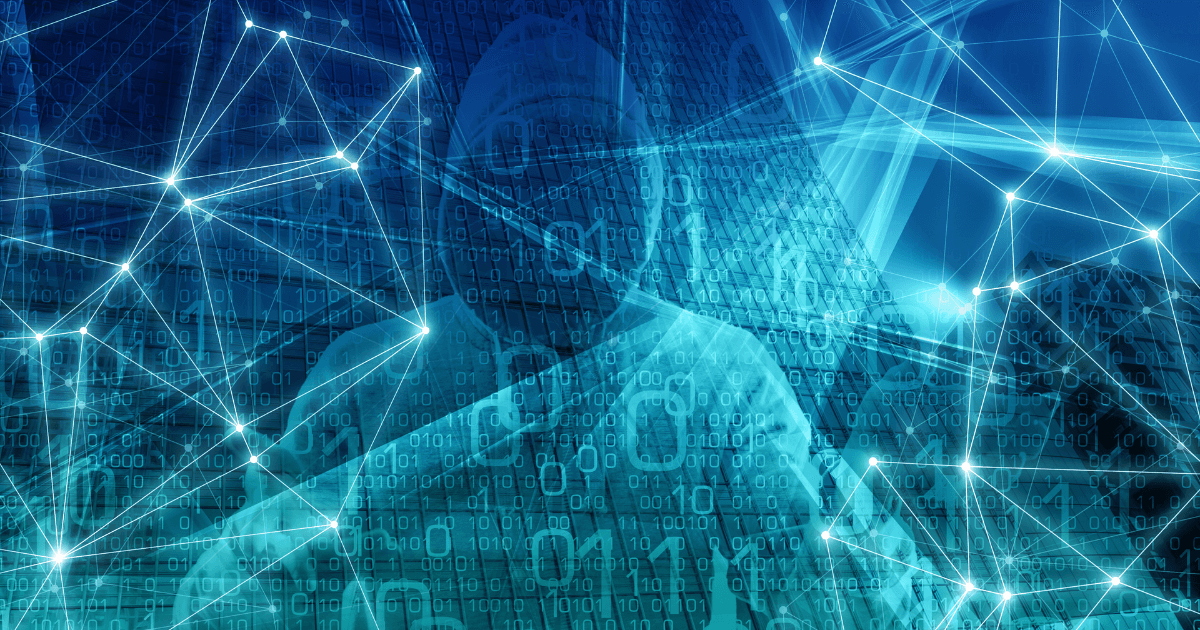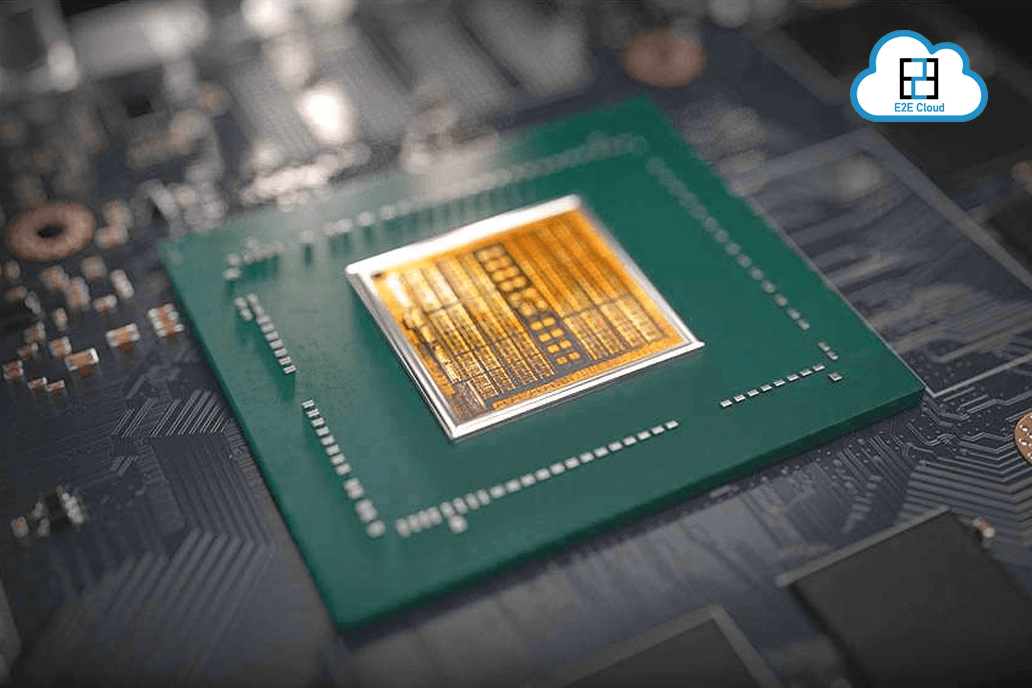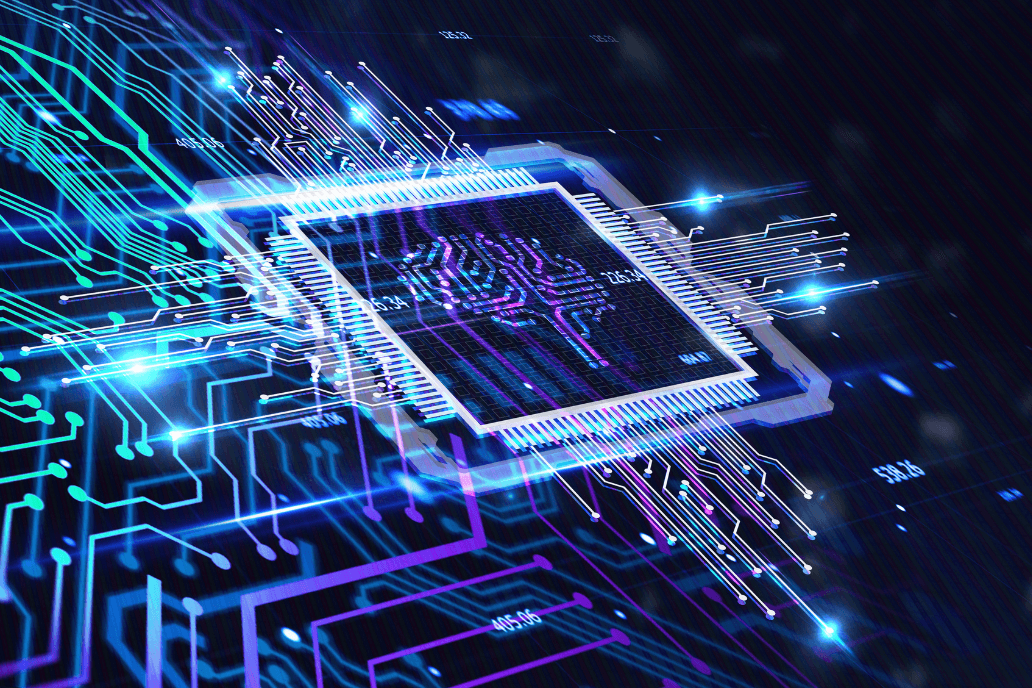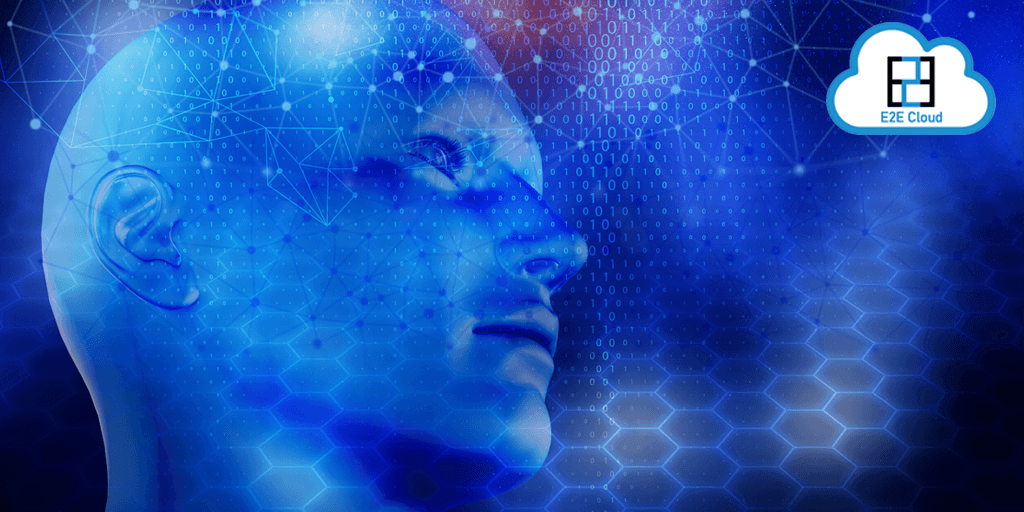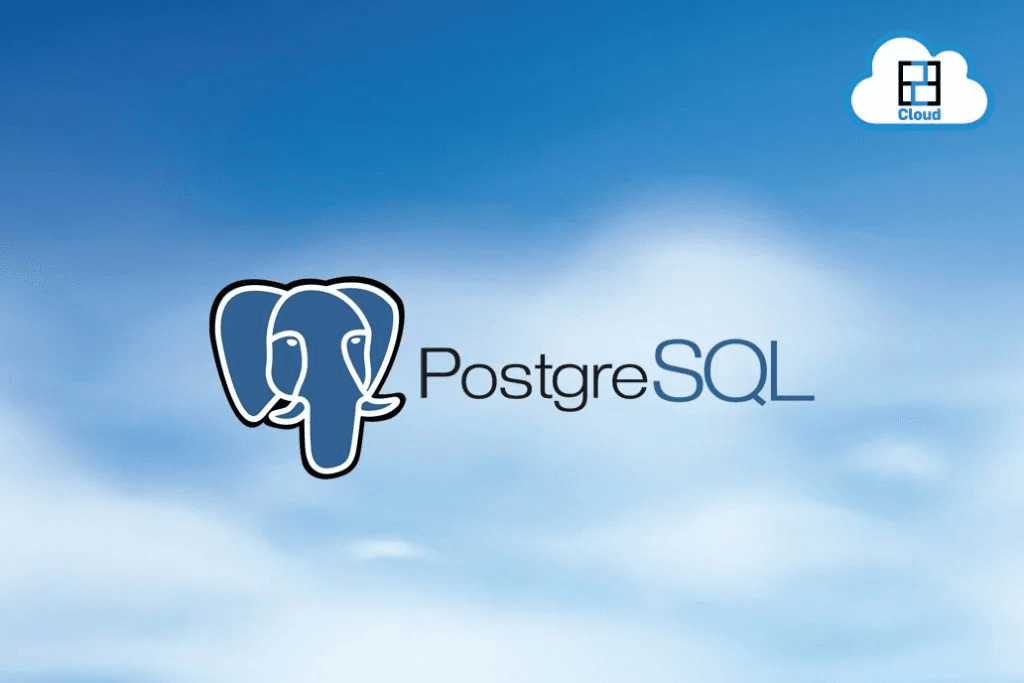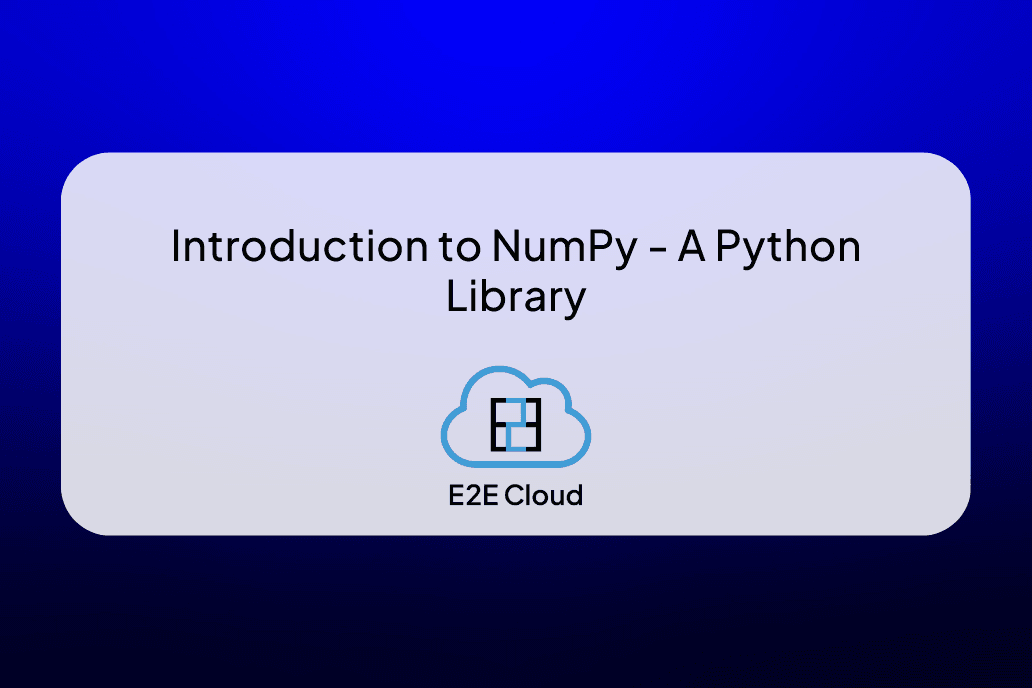The aggressive growth of large data during the last decade drives for innovative methods to extract high semantic information from raw sensors such as videos, images & speech sequences.
Deep learning is a sub-head of Machine Learning and a mechanism of Artificial Intelligence. It copies the work of human brain-like feature extraction through neural networks which has a statistical collection of techniques in the form of layers; manual interpretation of data is not required here.
What is Computer Vision?
Computer vision is seeing objects and extracting information based on the visuals. The algorithms of computer vision analyze certain criteria in images and videos then apply exposition to predictive or decision making tasks.
Pipeline of computer vision:-

The range of project ideas that deep learning enables computer vision is wide. Here we have compiled 10 Plus Project Ideas for Computer Vision-
1) Image Classification:- It involves the recognition of objects within an image or video. Example, MNSIT data set, it contains a set of alphabets or numerals (0-9) in handwriting. Image classification is a prominent deep learning application of computer vision. We can test out multiple algorithms without facing technical issues. Image classification focuses on separating the pixels of a picture according to the classes they belong to. You’d have to build a convolutional neural network through these AI tools for completing this project. It helps in not only understanding image classification but helps to discover most relevant AI tools of the industry TensorFlow & Keras.
2) Object Detection:- It is a part of image classification but works on large frame images which have lots of objects. Object Detection is a technology where things, human, building, cars can be detected as objects in images and videos. Fig 2. Classification, Object Detection and Segmentation Representation Eg:- A street scene, there are pedestrians, cars, streetlights etc. that requires special attention. We can achieve this by drawing a bounding box around each object separately.
This project can help in understanding the Convolutional Neural Networks (CNN) which are a class of neural networks that have achieved state of the art results on difficult object detection problems. A traditional feedforward network flattens the matrix of pixel values, resulting in the loss of the spatial structure of the input.
3) Object Segmentation:- It is almost similar to object detection but rather than using a bounding box, it detects the object from pixel. Eg, a group of people in a photograph.
Types Object segmentation:
- Semantic segmentation: In Semantic Segmentation a label is assigned to every pixel in the image. This is a major contrast to classification, where a single label is allotted entire picture. Semantic segmentation treats multiple objects of the same class as a single entity.
- Instance segmentation: Instance segmentation treats multiple objects of the same class as distinct individual objects . So, instance segmentation is harder than semantic segmentation.
This Project helps segmenting the objects and finding granular details about the object by creating pixel wise masks for each object.
4) Style Transfer:- This application changes the object’s style according to a desired style. It learns the respective style of an image and applies it to a new image. It aims to transfer the style of one image onto another image, known as the content image. This technique allows us to synthesize new images combining the content and style of different images.
In NST (Neural Style Transfer) style as texture is imbibed by Gram Matrix Features which are interrelated characteristics extracted from the many layers of a pre-trained deep convolutional neural network trained on ImageNet dataset for the task of object classification.
This project helps in styling an image into an entirely different base component showing how the high frequency components have increased. Also, this high frequency component is basically an edge-detector.
5) Image colorization: Image colorization is the process of taking an input grayscale (black and white) image and then producing an output colorized image that represents the semantic colors and tones of the input. In image colorization, a color is assigned to each pixel of a target grayscale image, specifically popular historical photos.
Decoloring images and videos and recoloring them back enables in terms of advantages in grayscale images and video features. Without making benefit from colorization algorithms, It can take a few days to several months for colorizing a single gray-scale image manually depending on the complexity of the pictures making it irregular, so it’s worth researching the colorization problem.
In general, the problem is to achieve automatic conversion from gray-scale image to colorful image with GAN networks. The input of the networks is a gray-scale image which only contains the brightness information, and the output would be the colorful image with the same size.
6) Deep Dream: Deep Dream is a computer vision program created that uses a convolutional neural network to find and enhance patterns in images via algorithmic pareidolia, thus creating a dream -like psychedelic appearance in the deliberately over-processed images.
This Project helped scientists and engineers to see what a deep neural network is seeing when it is looking in a given image in the initial phases. Later the algorithm has become a new form of psychedelic and abstract art. It is highly useful to embrace the visioning of a simple image with textures that are hallucinatory.
7) Detecting Barcode/ QR Scanner- It is based on scanning and detecting qr codes and with inclusion of pose estimation for optimization in detection of qr code and displaying a pyramid over it virtually and storing the read data from qr code.
This is a program that scans the QR codes and Barcodes from an image. For this program, we need packages like OpenCV, NumPy. Most of the python programmers are familiar with OpenCV and Numpy libraries. OpenCV is an open-source computer vision and machine learning library. It is a useful library for image processing.
Computer vision has opened up a lot of possibilities with the use of QR Codes. It is clear that they play a significant role in real life through data encoding, high data storage capacity, and their ability to provide secured access to information. They are increasingly present in products, advertisements, retail industries as well as in authentication and identification systems.
8) Car’s Number Plate Reader- The project is about car number plate recognition. In this project, a program needs to be developed that can automatically read the number plate of the vehicles. It is an image processing technology used to identify vehicles by their plate.
The idea of this project is that a camera will take an image of the front or rear of the vehicle. Then, the image processing software will analyze the images and the information will be extracted. The image processing analysis will be done by using MATLAB.
Several compounding factors make this project incredibly challenging, including finding a dataset you can use to train a custom Number Plate Reader!! Large, robus datasets that are used to train state-of-the-art models are closely guarded and rarely (if ever) released publicly.
9) Face Mask Detection- As we know that all governments around the world are struggling against COVID-19, which causes serious health crises. Therefore, the use of face masks can slow down the high spread of this virus.
This project helps in detecting people with/ without the masks. This process undergoes two phases-
- Train model using Convolution or any pretrained model which detects face masks in images .
- Then, Detect faces in video or images and get predictions from our trained model.
10) People counter- A growing business needs to invest time in analyzing its customers' behavior. This Project can help them in tracking which days specific discounts should go live. Thus, trying to build a computer vision-based people counter.
It detects whether the frame contains a human being or not and then increases the counter for each unique human being the system detects. This project is a step ahead of the facial recognition system and exploring libraries like NumPy, OpenCV is a must for this project.
This project requires object tracking. So, while building a solution to this, make sure you use the object detection techniques for each video frame.
11) Virtual Invigilator- AI-powered Invigilator is a technological solution to host the examination without the need for a human invigilator. Artificial Intelligence is employed to carry out the invigilation activity without compromising the integrity of the exam. A prerequisite for a remotely invigilated exam is that students must enable monitoring on their devices by accepting sharing their screen, video and audio.
Following are the benefits of this project-
- Analyzing the glance of the person who is being proctored.
- Detecting whether the mouth of the person is closed or open.
- Counting the number of people on the screen.
- Locating mobile devices if any.
12) Vehicle Counter- Vehicle counting in a congested traffic road where background subtraction gives lower performance. Vehicle detection, tracking, counting and speed prediction on videos with OpenCV. OpenCv based live vehicle counting system written in C. This approach is based on the most efficient action detection and tracking methods in computer vision. YOLO is used for object detection, whereas Kalman filter with Hungarian algorithms are used for tracking.


